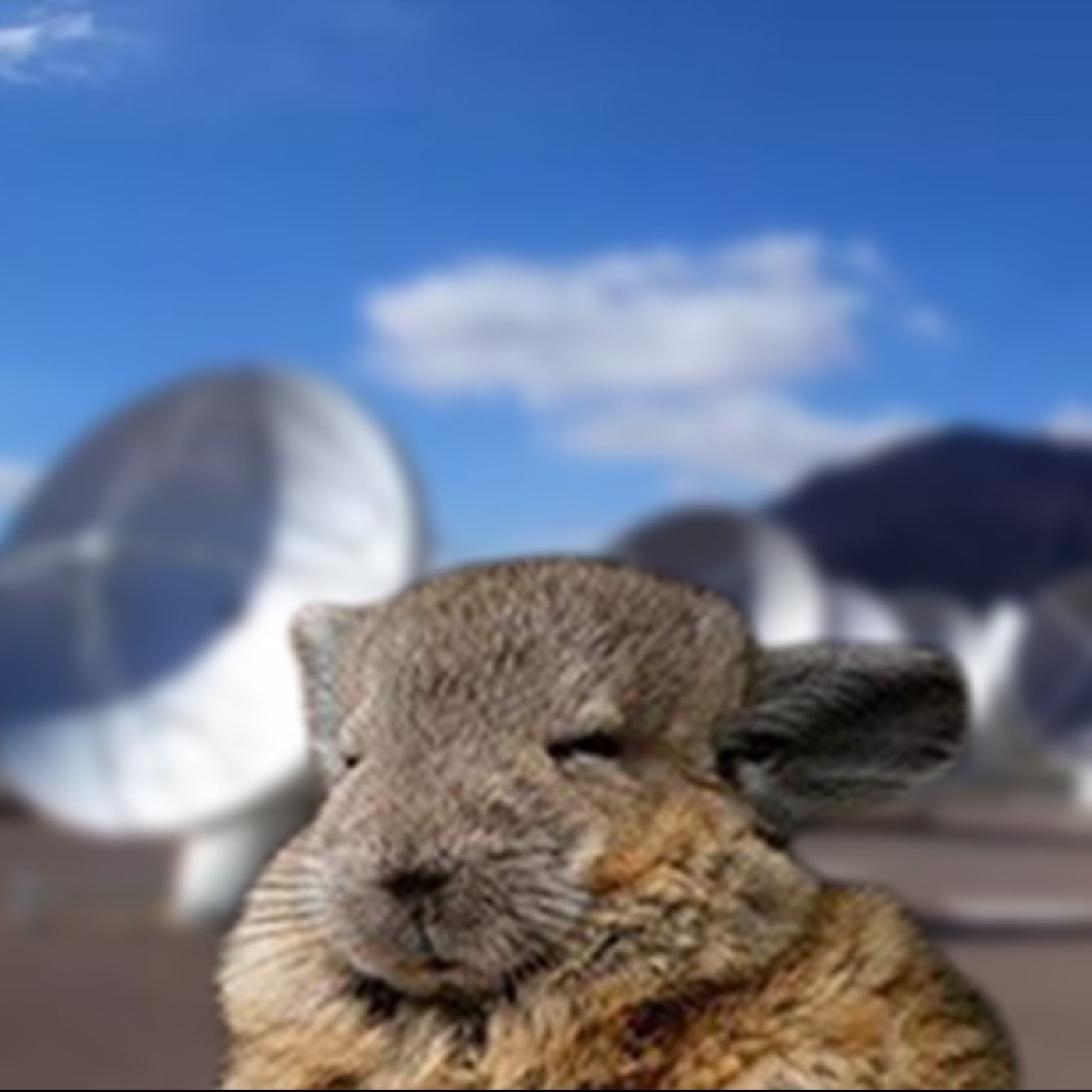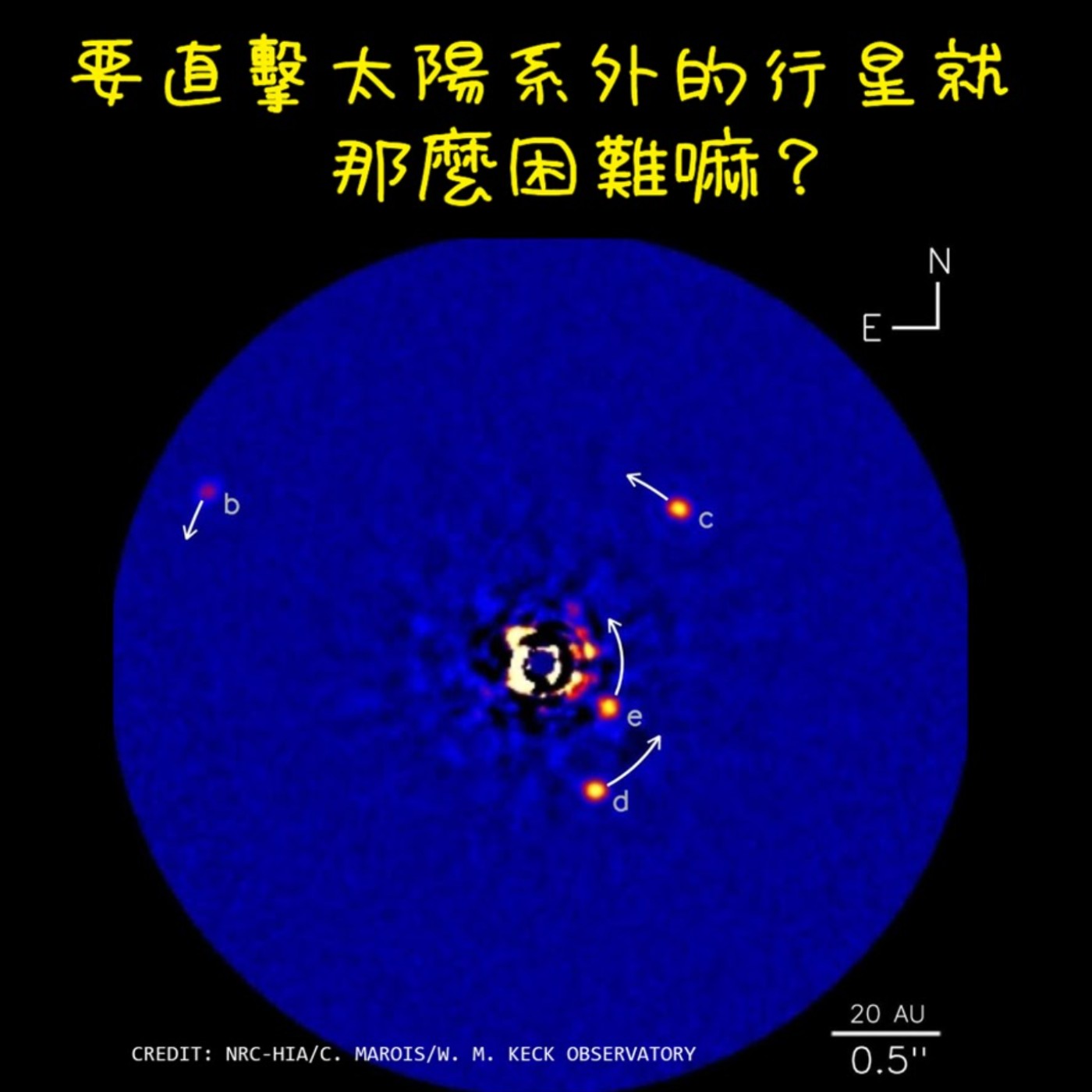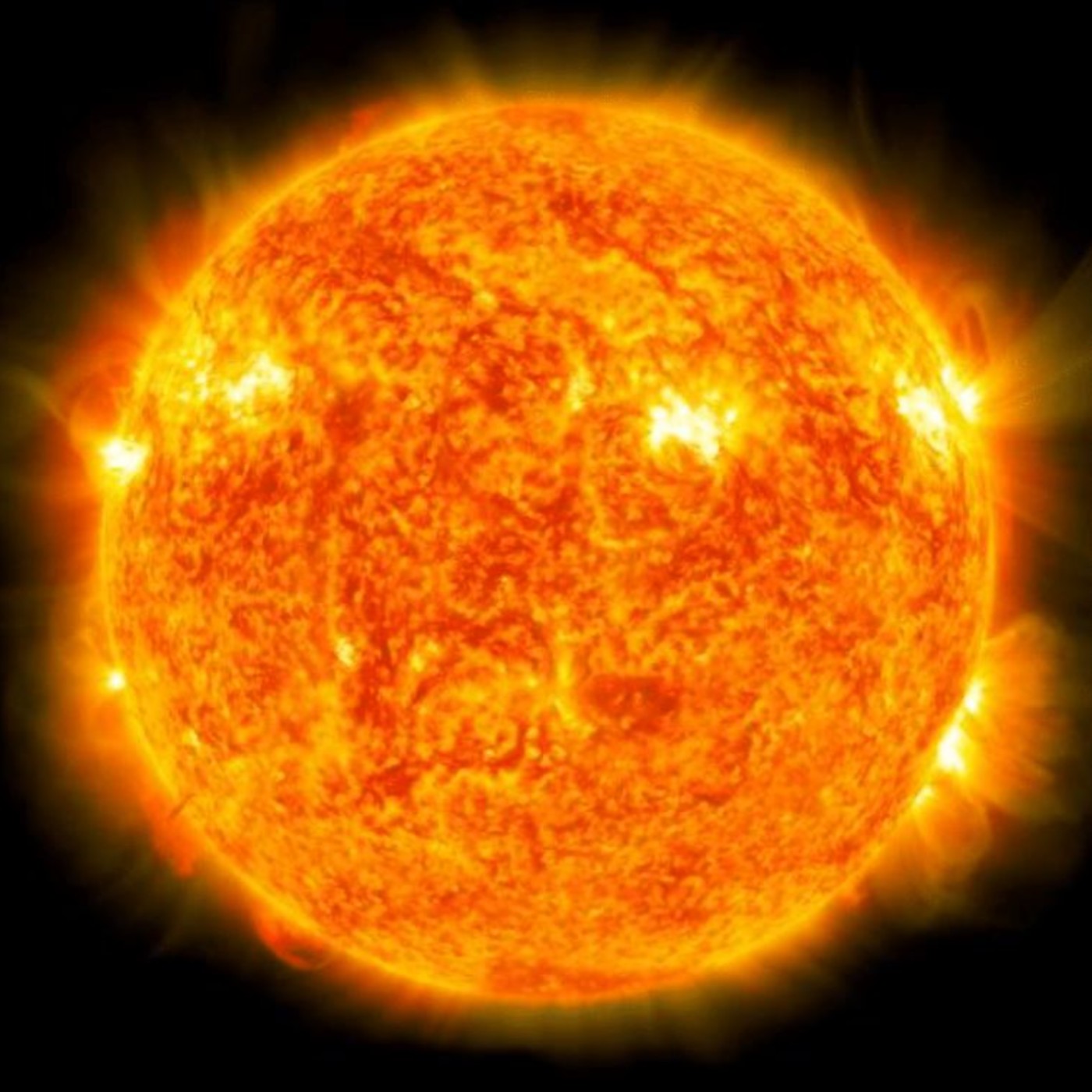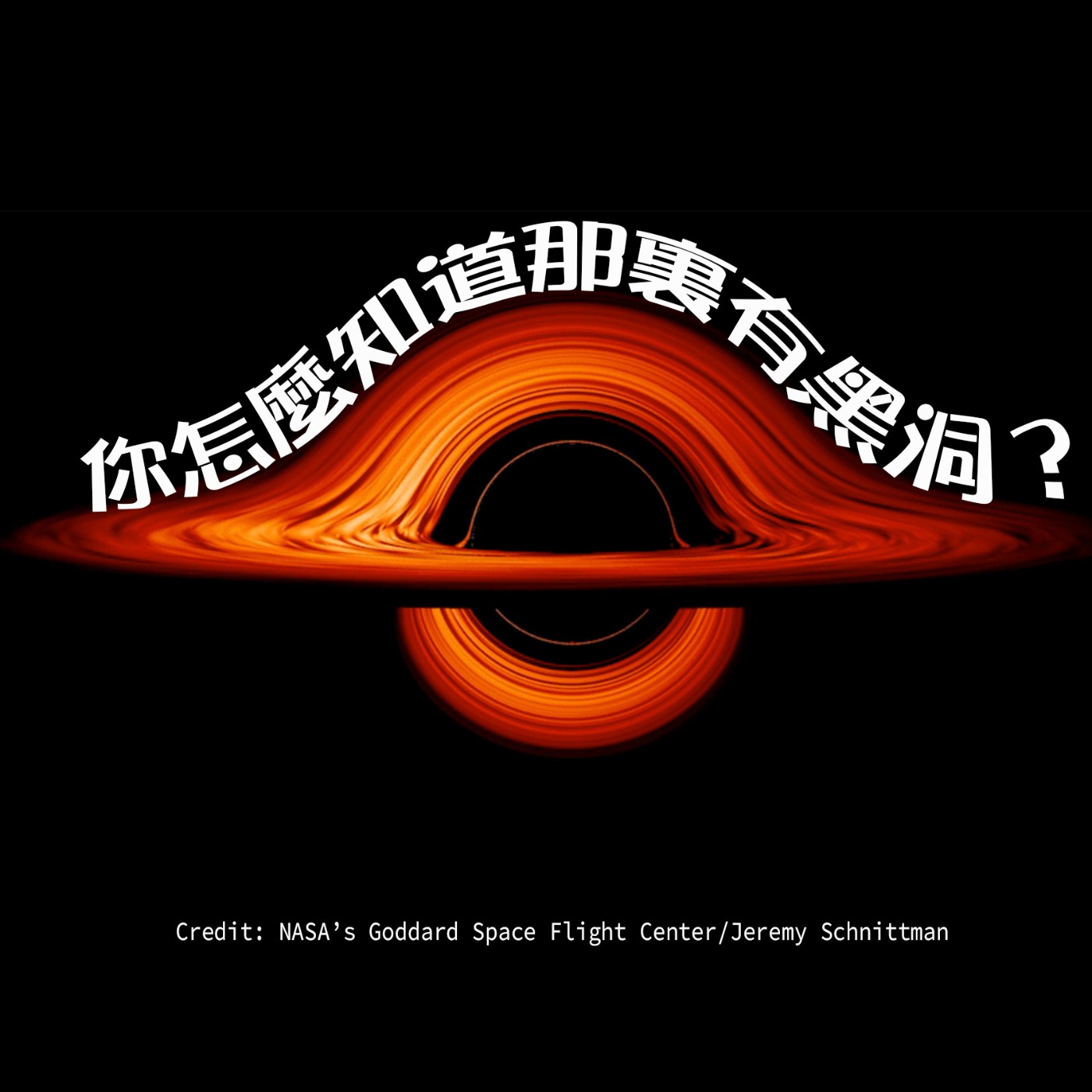探索XO月球 Discover Exomoon!
Description
XO醬我聽過,exomoon是啥?
原來,不只太陽系的行星有衛星,太陽系外的行星也有衛星!
並且更難找,因為非常小!
但滿有可能蘊藏外星生命!
當然得好好找一找。
本集特別邀請全世界第一位"有可能"發現了太陽系外月亮的天文學家 Alex Teachey 博士談談這麼獨特的發現。
Alex 從2020年起在中研院天文所擔任博士後研究,正式英文 title 比其他博士後研究還多出了一個 Distinguished 的字眼,可見他的資歷非常難得。
本集內容講英語
music by audionautix.com
Transcription 逐字稿:
Welcome to the astronomy podcast produced by Academia Sinica Institute of Astronomy and Astrophysics, Episode One. I'm today's show host Lauren Huang. Very happy to invite a "superb" PostDoc Fellow Alex Teachey to tell us about "Discover Exomoons". Hi, Alex! Hello thanks for having me. Did I pronounce your name correctly? um, Alex Teachey, that's right! So Alex, tell us about the work that you do in Academia Sinica.
Yeah so what I do is I work on finding these things called exomoon. And these are moons orbiting Exoplanets. At this point astronomers over the last a few decades have discovered something like a few thousand exoplanet - these are planets orbiting other stars outside of our solar. So that's really been amazing work. But now we're trying to go one step farther and find the Moon of those planets. It's very hard to do, Not very many people working on it, but I feel very fortunate opportunity do this work, because I think it's very exciting looking for these moons.
Why do you care about these exomoons? Yeah I think these moons are potentially really amazing places if you look at the moons in our solar system, of course we have our own moon but there are many other moons in the solar system especially around Jupiter and Saturn and Uranus and Neptune, these are amazing places that, you know, if they orbited the Sun rather than orbiting one of these planets we probably all would have grown up knowing their names. Because they're just as fascinating places as Mercury and Venus, Mars, the planets we're familiar with. At least moons are really gorgeous and very diverse very different from one another. You can just take a look at these pictures of these moons and see how different they are from one another. and maybe I'll tell you a little bit more about those moans but the moons are fascinating and so we think that You know moons in other planetary systems stand to be just as amazing places and just as worthy of discovery in and getting to know them. We think for example that these moons could tell us something about how those planetary system formed, and how they evolved. And, Actually hold a mirror up to our own solar system. Whenever we're looking At these other planetary system, we're really learning more about ourselves as well. Where do we fit in to the Galaxy and what ways are we ordinary and in what ways are we not ordinary. In what ways are we actually maybe quite unusual. This is very much an open question.
How many ways to get moons formed? Yeah but we think there's three main pathways for forming moons. The first way is the way most astronomers think we got our own Moon, And that is through an impact. So what we think happened was that a giant protoplanets maybe the size of Mars slammed into the early Earth this is something 4.5 billion years ago.
This impact occurred and a whole bunch of material was blown off of the surface of the Earth and eventually coalesced and formed our moon Now the second way is through Capture. Sort of a gravitational capture of this Moon. Do you have what is originally a free-floating planet, or small object floating around by itself and then is captured gravitationally by the more massive Planet and then it Becomes a moon we think for example the largest moon of Neptune, it's called Triton. We think that it became a moon in this way that it is captured from the Kuiper Belt. And then finally we see around Jupiter and Saturn for example evidence that these moons formed in disk of material swirling around the planet. Again very early on in its formation very much the way that a solar system is formed what do you have a star in the middle and you have a disk of material in the planets form out of that disc material the same thing seems to happen around planets you have a disc around the plant. The moons are formed out of that material. So that's the three major ways that you get moons.
It seems there's a very interesting possibility that maybe there's life on those exomoons. What do you think we should do about that? Well it is a very exciting possibility we think that even some moons in our own solar system are attractive places to look, in the search for life. The reason that we think that is, for one thing, several of these moons have an abundance of water . In some cases even liquid water underneath and icy surface. So you got a lot of water. Not only that. You also have internal heat we see in several moons of our own solar system. This material spewing from the surface like a volcano or a cryovolcano like a geyser. We see this on for example, IO, and Enceladus and Europa, these moons around Jupiter and Saturn they have internal heat and they have in some cases liquid water. And then we see around another Moon, Titan, orbiting Saturn, the abundance of organic molecules, Carbon-based molecules like methane and ethane, which is sort of suggesting that maybe you've got the building blocks of life. So we've got liquid water, we've got internal heat, we've got the raw materials for life, it looks like some of these certainly could be interesting places to look for life. And so again we think Exomoons maybe just is great places to look for life. Maybe even better places to look for life. It's a long way down the line whether or not we'll actually be able to find life around these moons. But it's certainly an exciting possibility.
How do you look for those moons? Take a picture and what else?
Well we might be able to take pictures, not quite yet, but in the next 10 or 20 years or so, our Imaging might be getting good enough that we can actually See may be indirect evidence of moons through these images. But really What I argue is the Best approach to finding these moons right now is to look for what we called transits. This is when the planet passes in front of the star, from our point of view, so with just the right geometry we're looking at the system Edge on, And so we see the planet pass in front of the star and it blocked out a little bit of the starlight. Now this is 1% or Tenth of a percent or maybe even a Hundreds of a percent of the Starlight, very small amount of Starlight that we're missing
We can in fact measure this and this is the way that we have discovered thousands of planets. So we see planet passing in front of the star, we know that this is a great technique for finding planet . You can imagine it is a planet now has a moon then the planet will pass in front of the store and so will the moon and they will both block out. And so that is the signal that we look for. And it turns out that with this particular kind of data set, we can also see the gravitational influence of these moons on their host planet, they're tugging on the planet gravitationally. And so the planet will wobble and actually the duration of these transit events will change as well. So basically these are three independent signals all in the single dataset. And so it It's really at this point we think the best way of going about finding these moons.
Right! I happen to know that You're the first people who finds the first compelling evidence for moon outside our solar system. Tell us about that! Well it's a controversial claim. Not everyone believes that this Moon is really there . And we're not even entirely convinced it's there. but we do think that the evidence is certainly intriguing and worth the further work. This was a few years ago. We identified Transit. Three transits of this planet called Kepler 1625b. We saw this in Kepler data. Kepler was a phenomenal space-based Telescope mission that has been responsible for so many of these planetary discoveries. We saw three transits to this planet. It looked like maybe there was a moon there. But it wasn't really conclusive it was exciting but not quite enough time so we propose to observe this target again with the Hubble Space Telescope. And we were awarded that time we got something like 40 hours with the Hubble Space Telescope to observe this target and then after we got that day don't we spent about a year working on this data trying to not to see if the moon was there but really Try to disprove that the moon was there. Try to see how many different ways we could come up to say well maybe it's not a moon maybe it's something else. Maybe it's something a little less exotic And you know we spend a lot of time with this and we emerged from this whole process saying well we're not entirely sure it's there but everything is kind of looking convincing that it is there. And so we published this paper and again it's potentially the first transiting exomoon ever found. some people believe it's some people don't stand so that's the way science works. And and we need to take a little more take you know a little more work on this particular system but it was pretty cool it was gratifying experience.
Sounds exciting. Perfect. Great. Well, we learned a lot more about Exomoons today. If there are more news from Alex, we sure will bring him back to the show. So thanks a lot, Alex. Thank you very much, my pleasure.











